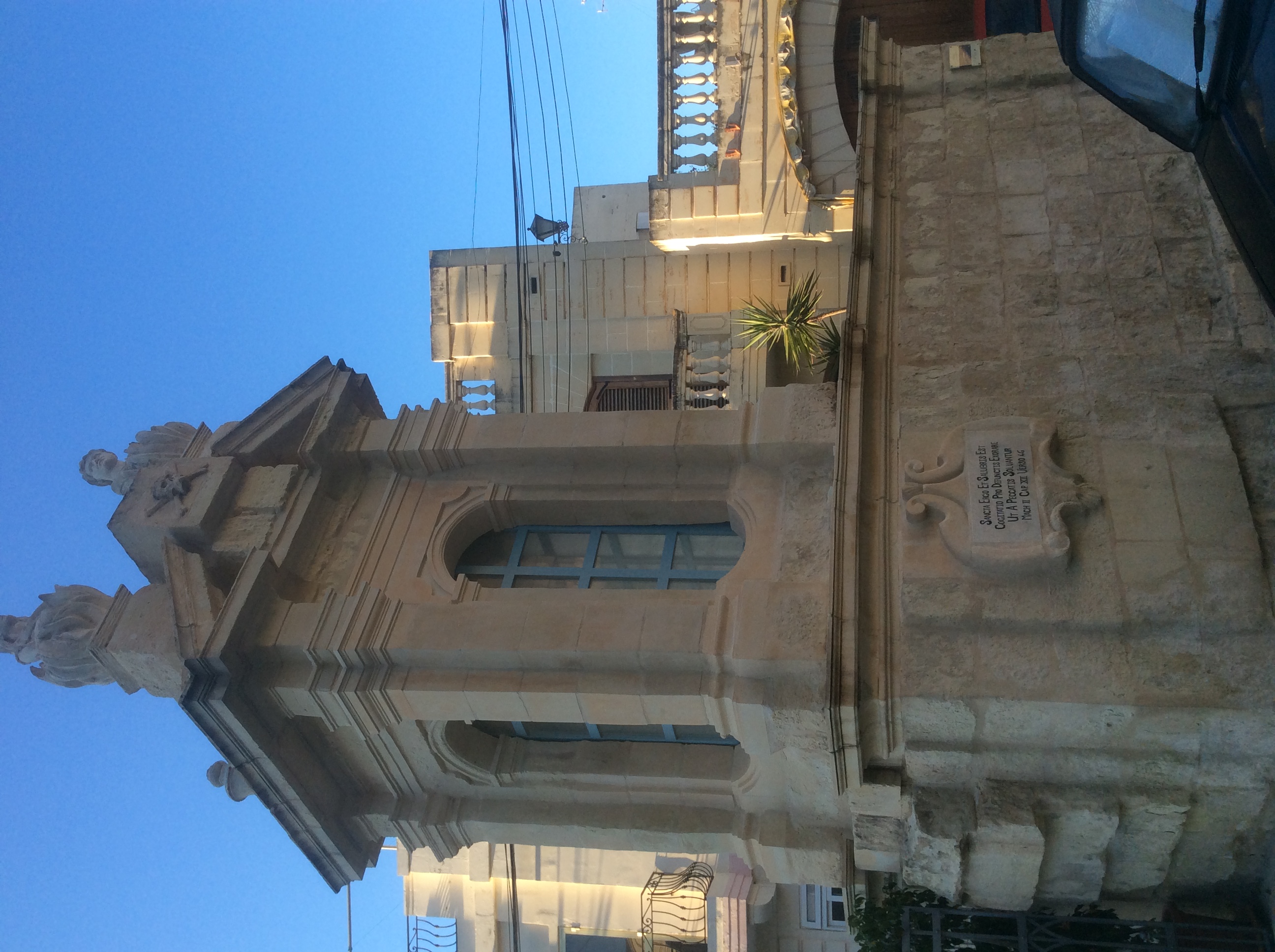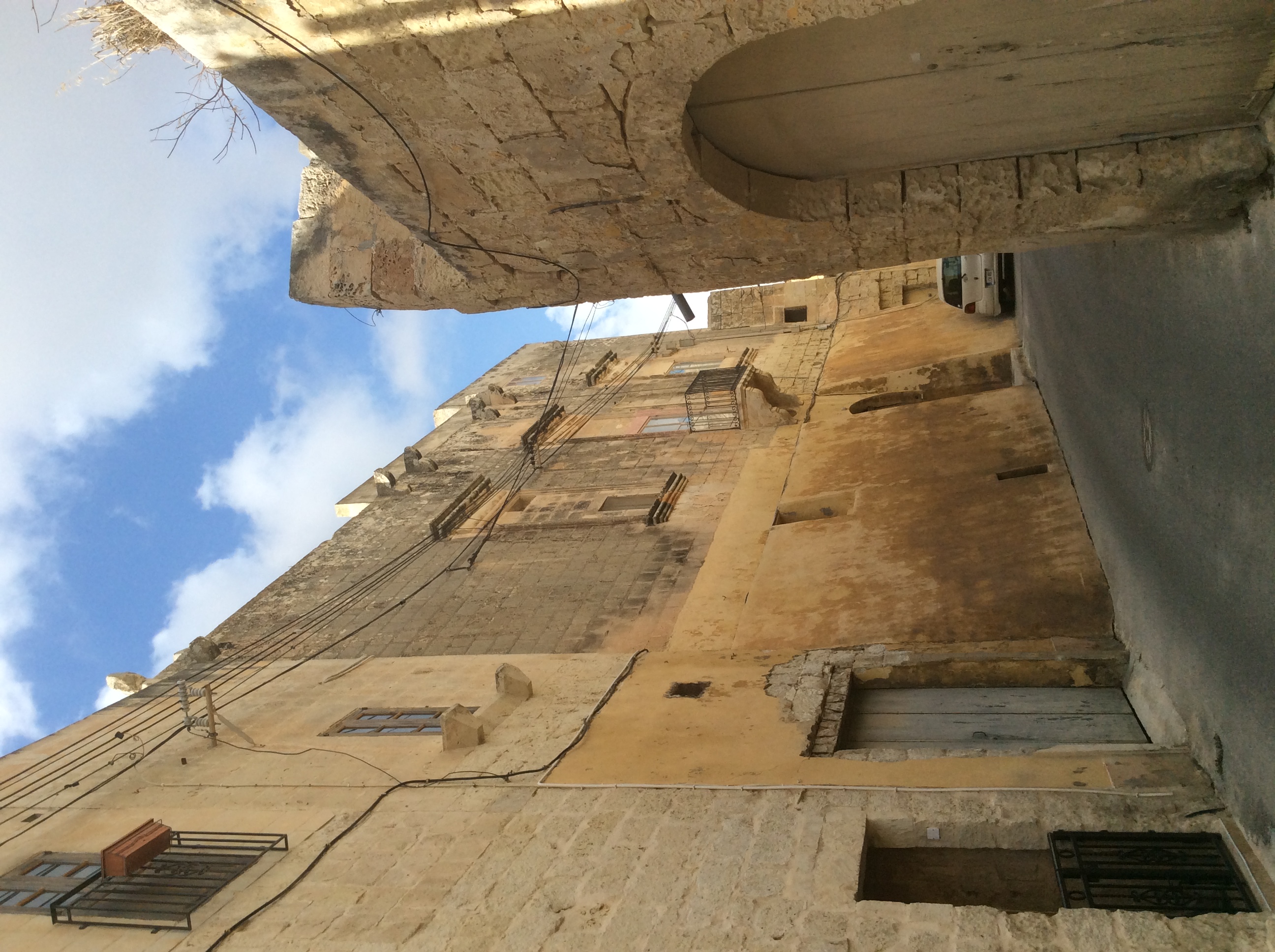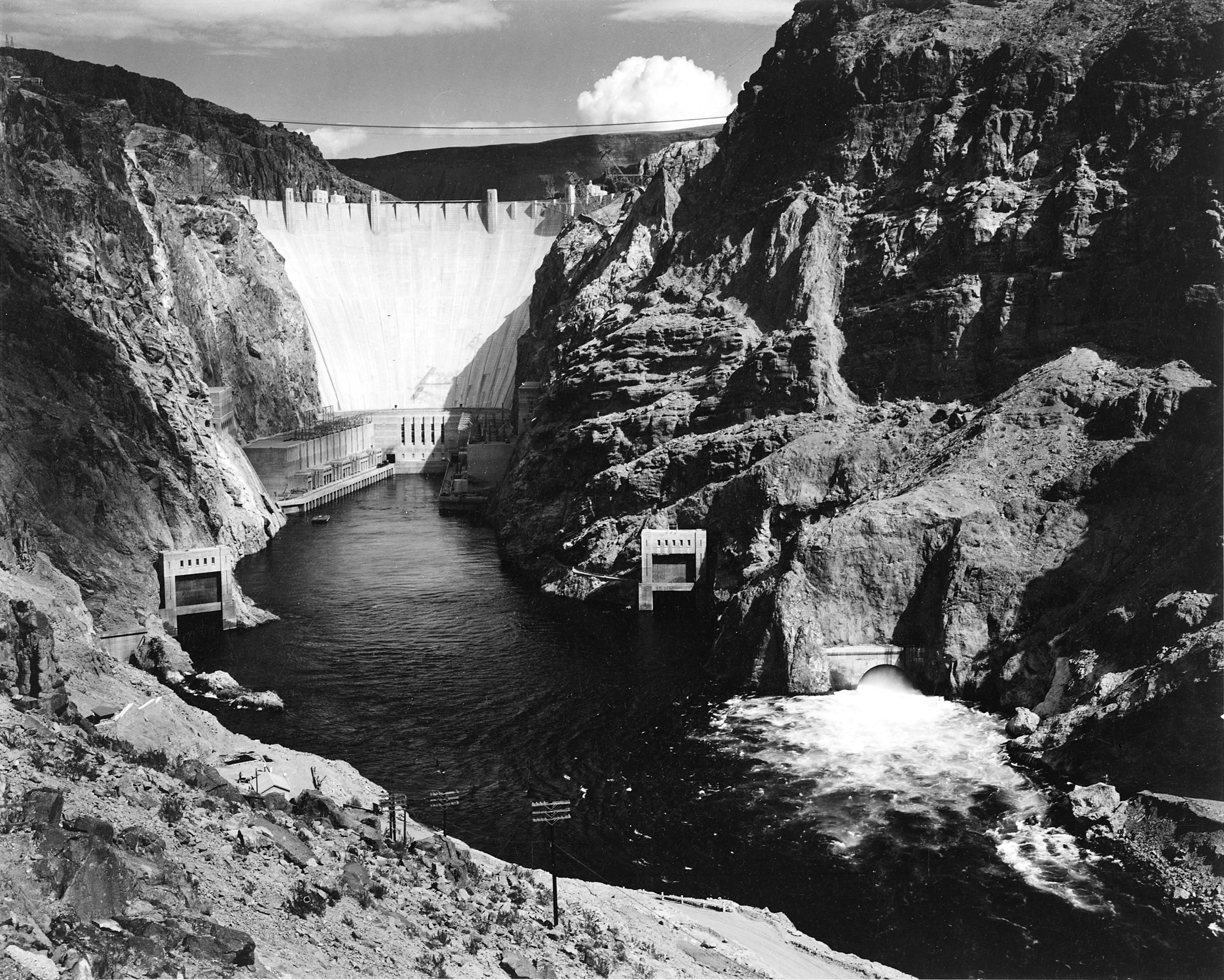|
Lou Drofenik
Lou Drofenik (born Lou Zammit, 1941) is a Maltese-Australian novelist and academic. She lives in Victoria, Australia. Life Drofenik was born in Birkirkara, Malta. Her father was a stonemason. She completed her primary and secondary education in Malta, and taught at the Siġġiewi primary school before migrating to Australia in 1962 under the Single Women's Migrant Scheme. She followed undergraduate and graduate degrees in education at La Trobe University La Trobe University is a public university, public research university based in Melbourne, Victoria (Australia), Victoria, Australia. Its main campus is located in the suburb of Bundoora, Victoria, Bundoora. The university was established in 1 ..., and pursued her doctoral studies at the same university, focusing on the effects of migration on the moral identity of Maltese migrant women in Australia. Since then, she has worked as an educator in the Australian Catholic primary school system. She is married, and has four ch ... [...More Info...] [...Related Items...] OR: [Wikipedia] [Google] [Baidu] |
Maltese Australians
Maltese Australians are Australian citizens who are fully or partially of Maltese descent or Malta-born persons who reside in Australia. According to the 2021 Census, there were 198,989 people of Maltese descent in Australia and 35,413 Malta-born people residing in the country at the moment of the census. While most of them emigrated to Australia from Malta, a number emigrated from the United Kingdom where they had settled after having been expelled from Egypt, as holders of British passports, during the Suez Crisis. History The first Maltese to arrive in Australia was possibly transportee John Pace in June 1790, though it is not clear if he was transported from Malta or if he was Maltese at all. The first certain Maltese to arrive in Australia were convicts around 1810. The first Maltese immigrant (as opposed to convict or bonded servant) is thought to have been Antonio Azzopardi who arrived in 1838. Many attempts were made at organised mass migration throughout the 1 ... [...More Info...] [...Related Items...] OR: [Wikipedia] [Google] [Baidu] |
Victoria (Australia)
Victoria, commonly abbreviated as Vic, is a States and territories of Australia, state in southeastern Australia. It is the second-smallest state (after Tasmania), with a land area of ; the second-most-populated state (after New South Wales), with a population of over 7 million; and the most densely populated state in Australia (30.6 per km2). Victoria's economy is the List of Australian states and territories by gross state product, second-largest among Australian states and is highly diversified, with service sectors predominating. Victoria is bordered by New South Wales to the north and South Australia to the west and is bounded by the Bass Strait to the south (with the exception of a small land border with Tasmania located along Boundary Islet), the Southern Ocean to the southwest, and the Tasman Sea (a marginal sea of the South Pacific Ocean) to the southeast. The state encompasses a range of climates and geographical features from its temperate climate, temperate coa ... [...More Info...] [...Related Items...] OR: [Wikipedia] [Google] [Baidu] |
Birkirkara
Birkirkara (abbreviated as B'Kara or BKR) is a city in the Eastern Region, Malta, Eastern Region of Malta. It is the second most populous on the Malta (island), island, with 24,356 inhabitants as of 2020. The town consists of five autonomous parishes: Saint Helen, Saint Joseph the Worker, Our Lady of Mount Carmel, Parish Church of St. Mary, Birkirkara, Saint Mary and San Gorg Preca. The city's motto is ''In hoc signo vinces'', and its coat of arms is a plain red cross, surmounted by a crown. Etymology ''Birkirkara'' means "cold water" or "running water". This is attributed to the valley in the town. Originally, the name was written as ''Birchircara'', as influenced by Italian spelling which traditionally does not use the letter 'K'. It is often abbreviated as ''B'kara/Kara''. Geography Birkirkara is situated in a valley, which is most likely where it gets its name from. It is known for flooding on heavy stormy days. Several projects have been proposed. The area has also receive ... [...More Info...] [...Related Items...] OR: [Wikipedia] [Google] [Baidu] |
Malta
Malta, officially the Republic of Malta, is an island country in Southern Europe located in the Mediterranean Sea, between Sicily and North Africa. It consists of an archipelago south of Italy, east of Tunisia, and north of Libya. The two official languages are Maltese language, Maltese and English language, English. The country's capital is Valletta, which is the smallest capital city in the EU by both area and population. It was also the first World Heritage Site, World Heritage City in Europe to become a European Capital of Culture in 2018. With a population of about 542,000 over an area of , Malta is the world's List of countries and dependencies by area, tenth-smallest country by area and the List of countries and dependencies by population density, ninth-most densely populated. Various sources consider the country to consist of a single urban region, for which it is often described as a city-state. Malta has been inhabited since at least 6500 BC, during the Mesolith ... [...More Info...] [...Related Items...] OR: [Wikipedia] [Google] [Baidu] |
Siġġiewi
Siġġiewi ( ), also called by its title Città Ferdinand, is a city and a local council in the Western Region of Malta. It is the third largest council in Malta by surface area, after Rabat and Mellieħa. Siġġiewi is situated on a plateau a few kilometers away from Mdina (the ancient capital city of Malta) and away from Valletta, the contemporary capital. History In its demographic and topographical formation, Siġġiewi followed a pattern common to other villages in Malta. Before the arrival of the Order of St John in 1530, there were other thriving hamlets in the area. Little by little, Ħal Xluq, Ħal Kbir, Ħal Niklusi, and Ħal Qdieri were absorbed in Siġġiewi and today only their secluded chapels remain. The origins of the name Siġġiewi are unknown. The name is unique and bears no resemblance to well-known words. "Siġġiewi" may be a corruption of an old name. The areas around Siġġiewi were inhabited since the Maltese islands were occupied by the first ... [...More Info...] [...Related Items...] OR: [Wikipedia] [Google] [Baidu] |
La Trobe University
La Trobe University is a public university, public research university based in Melbourne, Victoria (Australia), Victoria, Australia. Its main campus is located in the suburb of Bundoora, Victoria, Bundoora. The university was established in 1964, becoming the third university in the state of Victoria and the twelfth university in Australia. La Trobe is one of the Australian verdant universities and also part of the Innovative Research Universities group. La Trobe's original and principal campus is located in the Melbourne metropolitan area, within the northern Melbourne suburb of Bundoora. It is the largest metropolitan campus in the country, occupying over . It has two other major campuses located in the regional Victorian city of Bendigo and the twin border cities of Albury-Wodonga. There are two smaller regional campuses in Mildura and Shepparton and a city campus in Melbourne's Central business district, CBD on Collins Street, Melbourne, Collins Street and in Sydney on Eli ... [...More Info...] [...Related Items...] OR: [Wikipedia] [Google] [Baidu] |
1941 Births
The Correlates of War project estimates this to be the deadliest year in human history in terms of conflict deaths, placing the death toll at 3.49 million. However, the Uppsala Conflict Data Program estimates that the subsequent year, 1942, was the deadliest such year. Death toll estimates for both 1941 and 1942 range from 2.28 to 7.71 million each. Events Below, the events of World War II have the "WWII" prefix. January * January–August – 10,072 men, women and children with mental and physical disabilities are asphyxiated with carbon monoxide in a gas chamber, at Hadamar Euthanasia Centre in Germany, in the first phase of mass killings under the Aktion T4 program here. * January 1 – Thailand's Prime Minister Plaek Phibunsongkhram decrees January 1 as the official start of the Thai solar calendar new year (thus the previous year that began April 1 had only 9 months). * January 3 – A decree (''Normalschrifterlass'') promulgated in Germany by Martin Bormann ... [...More Info...] [...Related Items...] OR: [Wikipedia] [Google] [Baidu] |
Living People
Purpose: Because living persons may suffer personal harm from inappropriate information, we should watch their articles carefully. By adding an article to this category, it marks them with a notice about sources whenever someone tries to edit them, to remind them of WP:BLP (biographies of living persons) policy that these articles must maintain a neutral point of view, maintain factual accuracy, and be properly sourced. Recent changes to these articles are listed on Special:RecentChangesLinked/Living people. Organization: This category should not be sub-categorized. Entries are generally sorted by family name In many societies, a surname, family name, or last name is the mostly hereditary portion of one's personal name that indicates one's family. It is typically combined with a given name to form the full name of a person, although several give .... Maintenance: Individuals of advanced age (over 90), for whom there has been no new documentation in the last ten ... [...More Info...] [...Related Items...] OR: [Wikipedia] [Google] [Baidu] |
Maltese Women Novelists
Maltese may refer to: * Someone or something of, from, or related to Malta * Maltese alphabet * Maltese cuisine * Maltese culture * Maltese language, the Semitic language spoken by Maltese people * Maltese people, people from Malta or of Maltese descent Animals * Maltese dog * Maltese cat * Maltese goat * Maltese tiger Other uses * Maltese cross * Maltese (surname), a surname (including a list of people with the name) See also * *The Maltese Falcon (other) The Maltese Falcon may refer to: Arts and entertainment * ''The Maltese Falcon'' (novel), detective novel by Dashiell Hammett published in 1930, and its film adaptations: ** ''The Maltese Falcon'' (1931 film), starring Ricardo Cortez and direct ... {{disambiguation Language and nationality disambiguation pages ... [...More Info...] [...Related Items...] OR: [Wikipedia] [Google] [Baidu] |
21st-century Maltese Novelists
File:1st century collage.png, From top left, clockwise: Jesus is crucified by Roman authorities in Judaea (17th century painting). Four different men (Galba, Otho, Vitellius, and Vespasian) claim the title of Emperor within the span of a year; The Great Fire of Rome (18th-century painting) sees the destruction of two-thirds of the city, precipitating the empire's first persecution against Christians, who are blamed for the disaster; The Roman Colosseum is built and holds its inaugural games; Roman forces besiege Jerusalem during the First Jewish–Roman War (19th-century painting); The Trưng sisters lead a rebellion against the Chinese Han dynasty (anachronistic depiction); Boudica, queen of the British Iceni leads a rebellion against Rome (19th-century statue); Knife-shaped coin of the Xin dynasty., 335px rect 30 30 737 1077 Crucifixion of Jesus rect 767 30 1815 1077 Year of the Four Emperors rect 1846 30 3223 1077 Great Fire of Rome rect 30 1108 1106 2155 Boudican revolt ... [...More Info...] [...Related Items...] OR: [Wikipedia] [Google] [Baidu] |




